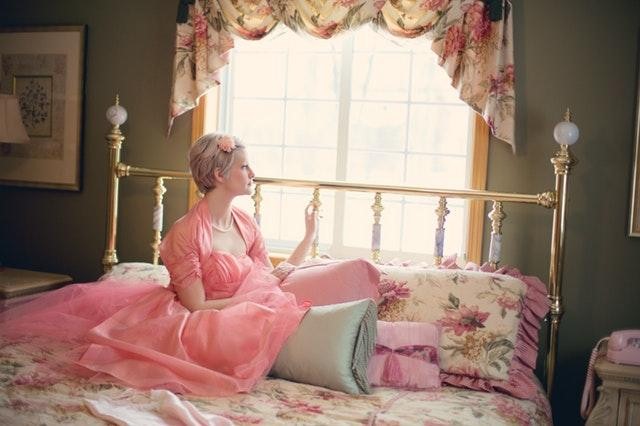In designing a structure that is intended to carry load—be it a building, a storage rack, or a cabinet—tension and compression forces must be taken into account. Tension occurs when an object is pulled by forces from its opposite ends, while compression occurs when it is pushed from one end against a stationary horizontal or vertical platform or from both ends. If not properly dealt with, these forces can cause the structure to collapse.
A structure’s framework consists of many different members, each designated to counter a particular tension or compression force. Columns, for instance, are responsible for equipoising the weight of the whole structure, which is considered a compressive force. Beams and girders, on the other hand, are assigned to deal with tension forces, as they carry load on their side rather than on their ends.
The columns and beams of a building may look the same because they are essentially concrete. If you look into their cross-sections, however, you will see the difference. Some, if not all, columns have box tubes, while beams have either “I” sections or “C” channels. These cores are supported by reinforcement bars. In some cases, when there’s no compression forces expected, they are installed bare or without concrete.
Differentiating Box, I, and C Channels
A box or closed-section tube, having no side at risk of buckling due to torsion, is best for columns since it can counter equal weight from all sides. It can be replaced with an “I” section universal column when stability isn’t critical. Conversely, angle bars are perfect for tension members, which is why they are commonly used as beams and girders. If, however, there’s a risk of sagging, angle bars are replaced with channels.
Channels, Tubes, and Angles for Household Furniture
The same structural design principles apply to household furniture, particularly those that are made for carrying weight, such as racks, cabinets, tables, and workstations. If you opt to go DIY, you have to choose the right types of metal pieces to ensure the stability of your furniture. For instance, you can use box tubes for table feet, channels for door slides and stiffeners, and angle bars for cabinet support.
Choosing Brass
Tubes, channels, and angles are usually available in a wide range materials. If you are looking for a metal that can give your furniture a sophisticated and timeless appeal, consider brass. An alloy of copper and zinc, brass comes with a reddish shade that matches virtually all types of platform material. Also, it is extremely durable and resistant to heat so you can expect it to last for a very long time with minimal upkeep.
Finding high-quality brass channel bars, however, isn’t an easy task. Because it’s very easy to change the amount of copper and zinc in the alloy or to add other unnecessary metals, you can never know the true quality of the brass tubes, bars, and angles that you are buying. This is why it is important to opt for a supplier like Rotax Metals that has established itself as a leader in metal supply across North America for many decades.
Sources:
C & U Steel Channel – Sizes, Applications & Surface Treatments, steel-sections.com
L (Angle) & C (Channel) beam sections versus an I section, physicsforums.com


